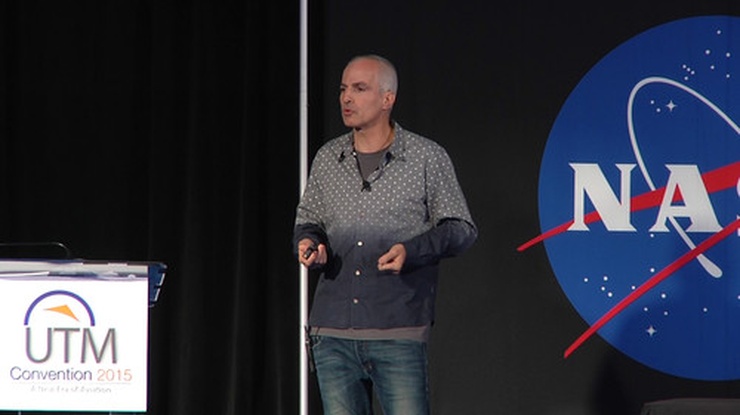-
Tips for becoming a good boxer - November 6, 2020
-
7 expert tips for making your hens night a memorable one - November 6, 2020
-
5 reasons to host your Christmas party on a cruise boat - November 6, 2020
-
What to do when you’re charged with a crime - November 6, 2020
-
Should you get one or multiple dogs? Here’s all you need to know - November 3, 2020
-
A Guide: How to Build Your Very Own Magic Mirror - February 14, 2019
-
Our Top Inspirational Baseball Stars - November 24, 2018
-
Five Tech Tools That Will Help You Turn Your Blog into a Business - November 24, 2018
-
How to Indulge on Vacation without Expanding Your Waist - November 9, 2018
-
5 Strategies for Businesses to Appeal to Today’s Increasingly Mobile-Crazed Customers - November 9, 2018
Amazon suggests a separate airspace for delivery drones
In two papers Amazon suggests that in America, the air between 200-400ft above our heads becomes a delivery route, with 100ft above that clear of any drones, leaving the skies above free of use for airplanes, helicopters and more conventional airway travel. NASA says sessions will examine the crossover between research, development and air traffic management, and highlight the latest issues, advancements and opportunities in the aviation industry. By working with partners that provide their own vehicles, low altitude radar, radio frequencies or cell phone towers, NASA aims to gain access to more technology for UTM applications to demonstrate unmanned aircraft systems can be safely operated at low altitudes.
Advertisement
We may still be several years away from the rollout of a full-fledged fully implemented air traffic control system for drones, but when the day comes, an industry potentially worth billions of dollars will finally be able to truly flourish.
Online flight planning that allows them to predict and communicate their flight path.
Only drones with the best capabilities – such as technology capable of detecting and avoiding birds – would be allowed to fly in urban areas. “Even if the pilot doesn’t do anything they still have sense-and-avoid”.
Kimchi added that Amazon’s drones would be completely automated and would only require human intervention during “emergency situations, national security crises and the like”.
The most extreme example came just weeks ago when a drone risk grounded air tankers trying to battle a fire on Interstate 15.
Before it is realised, however, pioneers like Amazon will have to assuage the doubts of privacy activists concerned about the impact on civil liberties and of government regulators anxious about how flying robots would interact with manned aircraft. Moreover, while some deliver point-to-point communications, others can deliver unicast, broadcast, and multicast options to create a robust drone network.
A no-fly zone between 400 and 500 feet would be a buffer to all civilian, cargo and military aeroplanes using the space above that 500 feet mark.
Advertisement
Such requirements fly in the face of the sometimes lawless use of drones in recent years by recreational fliers that has led to growing numbers of close calls near airports and occasional injuries of bystanders. “That’s now by far the most common use of the technology, so before you disrupt their experience you want to think carefully about what slice of airspace would really be needed by these new technologies”.





























